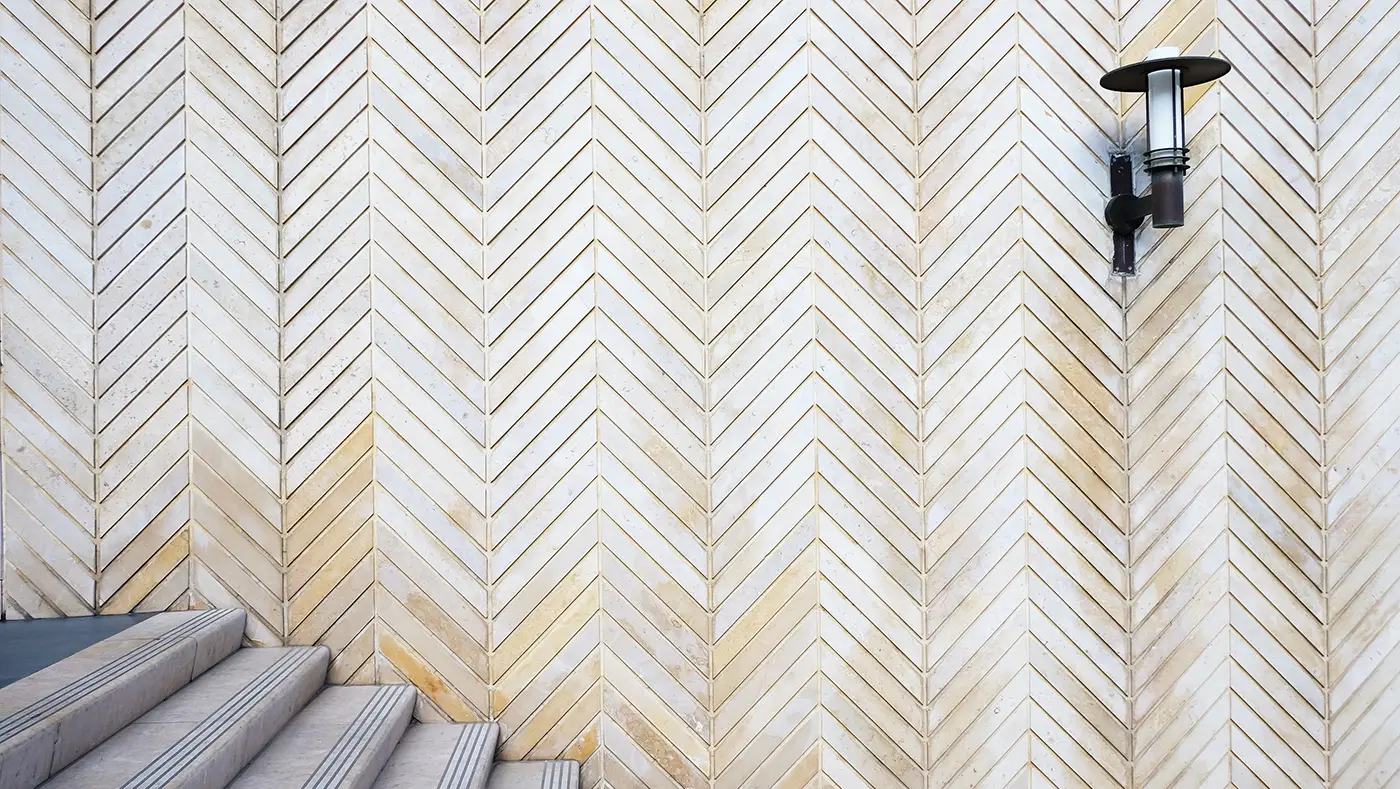2023 Commercial Interior Design Trends
- Home
- /
- Uncategorized
- /
- 2023 Commercial Interior Design Trends

2023 Commercial Interior Design Trends
It’s a new year, and the perfect time to pause and take a look at what’s going on in the design world. And we don’t mean the short-term fads that will spark and burn out in a season, but the overarching trends that we’ve seen gain steady strength and we expect to be important for years to come. So what do designers and their forward thinking clients need to be aware of in the coming year?

Sustainable Materials
The movement for more sustainable design grows stronger each year, and we hope it continues to do so! Sustainability is increasingly part of the design conversation from day 1 and can hugely influence the space through material choice.
Anything that has been repurposed like reclaimed wood, or comes from renewable resources such as bamboo are great choices. Consider also what materials you can source locally rather than shipping in large quantities from across the country or internationally. Not only are you reducing waste, you are forging a more genuine connection with the chosen site.
Sustainable design is not just about good practices and material choice during the construction phase. Although certainly that is crucial. Truly thoughtful design sets up the building to continue to be actively sustainable in its everyday operations for years to come. Design that maximizes energy efficiency plays a big part in this.

Energy Efficiency through Design
Another aspect of sustainable design is energy saving design. Lighting choices can play a large role in reducing energy use. Maximizing natural light in a space not only saves electricity by reducing our dependence on artificial lighting – it also has a myriad of health and wellness benefits. Studies have shown that natural light improves our sleep, decreases seasonal depression, and boosts vitamin D (which reduces risk of heart disease). And for when the sun just isn’t enough, LED lights are a must.
Another aspect to consider is the enormous amount of energy heating and cooling a space through the season takes up. Don’t skip out on the window treatments – not only can the right choice add a beautiful decorative element, they are vital for reducing intense heat during the summer months. Another highly effective solution – that doesn’t block your views – is solar control film. In fact, solar control film can decrease a building’s cooling costs up to 30%.

Biophilic Design
Biophilic design is design that increases our connection to nature. If you haven’t heard the term, you’ve likely noticed the growing popularity of interior plants. #plantparent and #plantsofinstagram have been blowing up on social media while journalists everywhere from finance magazines to The New Yorker muse over the trend.
In offices, everything organic from green walls to teeny tiny succulents have all been popping up with increasing frequency. But that is only the tip of the iceberg. Although incorporating plant life is the most obvious and direct connection to make in a space, biophilic design encompasses so much more than that.
Natural lighting and good airflow are hugely important. Natural materials such as wood or stone are also a great reference point, as well as furniture and features which echo organic shapes or patterns.
All of these factors, along with many other design strategies based on biophilic principles, come together to create a more natural and supportive space. In fact, each year more and more studies are conducted finding new benefits biophilic design has on our health and well-being. With pros such as reduced absenteeism and stress as well as better concentration and quality of sleep, it’s no wonder that designers everywhere are embracing on biophilic principles.

Bold and Bright Colors
The Pantone Color of the year is here and it is Viva Magenta! It’s bold and joyful, daring and unapologetic. It’s a perfect color to represent the energy that is reawakening in the world of design after two years of slowly branching out from pandemic melancholy and anxiety. And we can expect more of that increasing boldness of color in the coming year.
Office spaces have generally pushed boundaries less than residential spaces, sticking to “safe” off-whites and beiges. The goal being universal inoffensiveness to an opinionated office staff.
While neutrals will likely always be popular in office spaces, 2023 commercial interior design will embrace more bold and adventurous colors. Introduce small but intense pops of color such in accent pieces or signage. Or consider exploring more adventurous options in the overall palette with decorative wall coverings or brightly patterned furniture.

Dichroic
When it comes to bold colors, dichroic glass and film can’t be beat, and we expect designers to be increasingly incorporating these materials in their 2023 projects. Dichroic is available as a glass or glass film and shifts color from different angles and lighting conditions. It’s a material with a big personality, perfect for designers embracing more daring color in 2023.
Some designers might shy away from dichroic in fear of it overwhelming the space. Or simply are uncertain in how to incorporate. It is certainly stunning enough to work as a feature wall – simply fully covering an entire glass feature such as an office division or staircase. But it can also be beautifully incorporated in more subtle and complex ways.
Dichroic film can be cut or printed on in order to create a piece that flows better with other office features. In the example above, accent stripes combine with opaque vinyl and leave clear reveals for an interesting office front motif.
Did We Miss Anything?
Anything in the design world you’ve noticed has been growing in popularity? Any predictions for the surprise star of the new year? We’d love to hear about it! Leave your comments below.
Recent Posts
Tags
Have Questions?
Aenean imperdiet. Etiam ultricies nisi vel augue. Curabitur ullamcorper ultricies nisi. Nam eget dui. Etiam rhoncus.
